WooThemes offers about a hundred different (okay so I did n’t count, so let’s say numerous), extensions to the WooCommerce plugin. Among these extensions there are 5 important Products extensions, Product Bundles, Chained Products, Force Sells, Custom Product Boxes, and Composite Products, which can be used to provide offers, or as cross/up selling techniques. The purpose of each of these extensions however, is usually quite unclear, and often confusing to users.
n’t count, so let’s say numerous), extensions to the WooCommerce plugin. Among these extensions there are 5 important Products extensions, Product Bundles, Chained Products, Force Sells, Custom Product Boxes, and Composite Products, which can be used to provide offers, or as cross/up selling techniques. The purpose of each of these extensions however, is usually quite unclear, and often confusing to users.
In this article, I will (try) to explain the purpose of each extension, and the use cases they best suit. I will then conclude, by providing a comparison between these extensions to give you a quick overview.
So, let’s begin.
[space]
Product Bundles: Combo Offer – ‘A’+’B’+’C’ at 10% off
The Product Bundles extension allows you to create static bundles of existing products and sell them at a (optional) discounted price. So basically, the bundle is sold as a single product. The buyer cannot select the items in the bundle, or change the quantities of the items, thus a bundle is static. But the motivation for purchase of a product bundle is usually the discounted price associated with the bundle.
Properties of Product Bundles:
-
Bundles are static. This is the most important property you have to remember.
-
Only simple, and variable products can be added in a Product Bundle.
-
Grouped and Composite products cannot be added. Bundles cannot be added inside another Bundle.
-
The advantage of using Product Bundles extension, is that the quantity of each item in the bundle is tracked and thus the quantity of the bundle is also tracked.
For example, consider you sell accessories. You can offer ‘brown belt’+’brown wallet’+’brown socks’ as a Combo offer, for a discounted price. A buyer does not have the option to change any of the items. They are as good as a single item for purchase. You have the option to ship them together or retain their individual shipping rules.
Chained Products: Buy ‘A’ Get ‘B’ Free
Chained Products are used to give away free items, on purchase of another item. For example, if you want to give away a pair of ‘abc socks’ on the purchase of ‘xyz shoes’, you can set ‘xyz shoes’ up as a Chained Product, and add ‘abc socks’ to it. Remember, ‘abc socks’ will have a cost if purchased individually but as a part of a chained product, it is offered for free.
Properties of Chained Products:
-
Chained Products are used to add giveaways on the purchase of a single product. The cost of the chained items is always zero.
-
The buyer does not have an option to edit the chained product items.
-
You can add several chained items to a single product.
-
You can manage stocks of chained products.
[space]
Force Sells: ‘A’ is Linked to ‘B’
Force Sells extension is similar to Chained Products extension with one major difference. In Force Sells purchase of a product is linked to the purchase of another product. That is to say, if a person adds product ‘A’, product ‘B’ is added to the cart as well, at it’s original price and in the same quantity as product ‘A’. The buyer may or maynot have an option to removed the product ‘B’ from the cart.
Properties of Force Sells:
-
The total price of linked products, is the sum of the price of individually linked products. There is no offer on the price.
-
There are two kinds of Force Sell Modes
-
Normal: Where the buyer has the option of removing the linked product from the cart, or the quantity can be changed
-
Synched: The linked items cannot be removed from the cart, and the quantity cannot be changed. The change in quantity of the base product, changes the quantity of the linked products.
-
-
Variable Products cannot be added as linked Products for Force Sells
For example, when a user purchases a laptop, you can force sell a laptop bag. The number of bags can be synched with the number of laptops purchased.
[space]
Custom Product Boxes: Any 3 for $99
Custom Product Boxes extension allows you to dynamically create a product bundle. Unlike the Product Bundles extension, which is used by the store owner to create and sell static bundles, with Custom Product Boxes, a buyer can choose and create a bundle to purchase. Thus, in this case, there isn’t a predefined or base product. There is only a box, with a set quantity on sale, and buyers can pick and add products to the box.
Properties of Custom Product Boxes:
-
Customer can handpick products and add them to a bundle
-
You can only add simple products to the box.
-
The box manages the inventory as well.
-
The price of the box is fixed.
For example, consider you sell an assorted box of cookies. You can use the Custom Product Boxes plugin, to create boxes or 6, 12 or 24 cookies. A customer can then pick a box, after which, he is shown various cookies which he can pick and add to the box. Once he fills the box, he can purchase it for the fixed price.
Interested in the Custom Product Boxes Plugin?
[space]
Composite Products: Buy ‘A’ and Choose from ‘B’ or ‘C’
Composite Products are used to allow the user to create a dynamic product kit, from a list of options provided. For example on purchase of a single product, the user has an option to select an add-on from the list of options provided. There is may not be a change in the price of the total items purchased, but the user can decide the price based on the items they select.
Properties of Composite Products:
-
User can dynamically build product kits or bundles
-
You can only add simple or variable product as a component option to a Composite Product. Product Bundles cannot be added as a component.
-
The Composite Products extension is useful to build product kits, with few units.
-
You can set minimum quantities for components to be purchased.
For example, consider you sell a DSLR Camera as a composite product, the Camera body can be the base product, the lens, the bag, memory cards, can be components. For each component, the user will have an option to select (from a set list), each individual component they want, for example, a 350mm lens, instead of 200mm, etc. The price of the final composite product will be the sum of individual prices of all components selected. The user does not have an option to not select a particular component, unless you have provided the option to select the component quantity as zero.
[space]
Comparison: Product Bundles, Chained Products, Force Sells and Composite Products
The basic feature of every extension, is that it tries to sell more items along with one, a buyer intends to purchase. If you have gone through each extension in detail, you will notice some similarities and some differences. We have created a very trivial chart to point out overlapping and distinctive features of all these extensions.
|
Total Price |
Quantity of Individual Items |
Can items be changed? |
|
|
Product Bundles |
Can be a discount from the total |
Cannot be changed |
No |
|
Chained Products |
Price of the base item |
Cannot be changed |
No |
|
Force Sells |
Price of all the items |
Can be changed for Normal Force Sell |
No |
|
Custom Product Boxes |
Fixed Price |
Can be changed |
Yes (but from a given set) |
|
Composite Products |
Price of all the items |
Can be changed |
Yes (but from a given set) |
Since Custom Product Boxes and Composite products, are quite similar, we’ll evaluate the difference a step further. Composite products as mentioned are suitable, when you have to create a kit, where different components have to be selected. Whereas Custom Product Boxes can be used to create an assortment of products. The difference is mainly in the way, customers interact with the extension, and its ease of use for a particular application.
[space]
So now. We have finally come to the end of this article. But I’m sure, some of you will still have your doubts. So, in such cases, do feel free to leave your comments, in the comment section below!

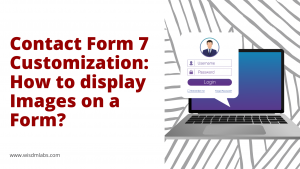
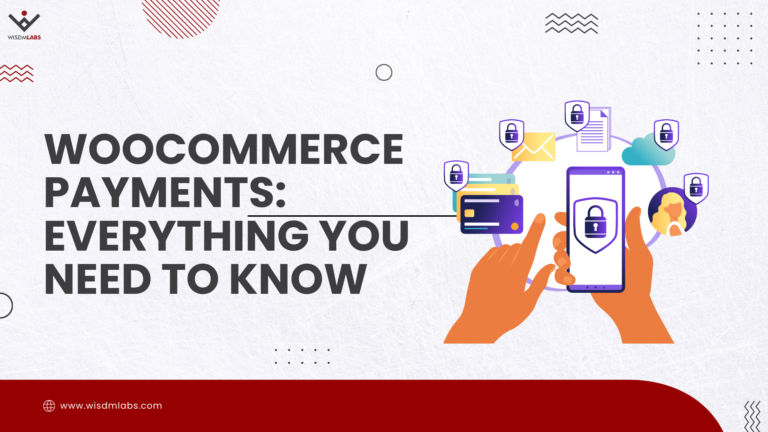
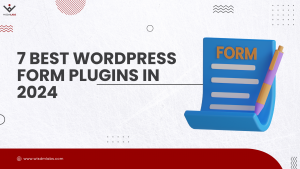
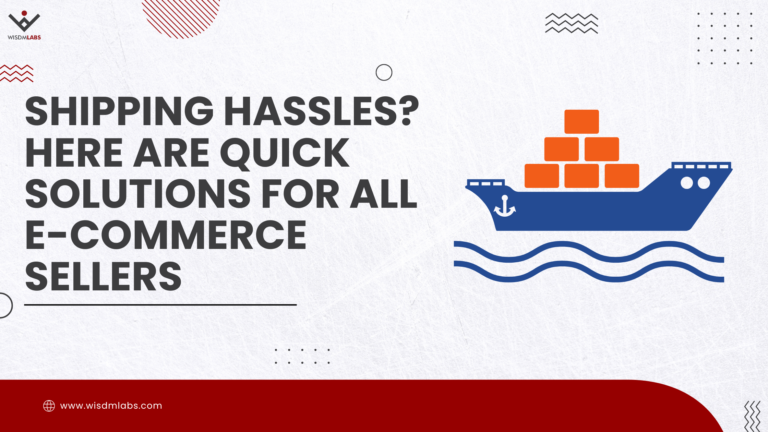
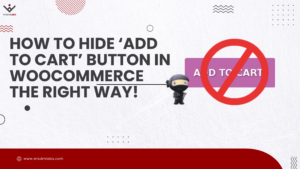

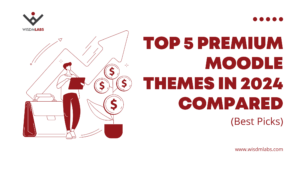

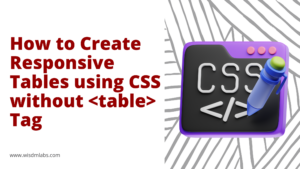

4 Responses
Thank you so much for this very helpful article
Very good article… neatly explains the differences.
Are there any WooCommerce product bundle extensions that work with custom product types or anything beyond simple/variable product types? We need to bundle some custom product types.
This was EXACTLY the explanation I was looking for. Thank you so much for writing this article and clarifying the differences. Much appreciated!